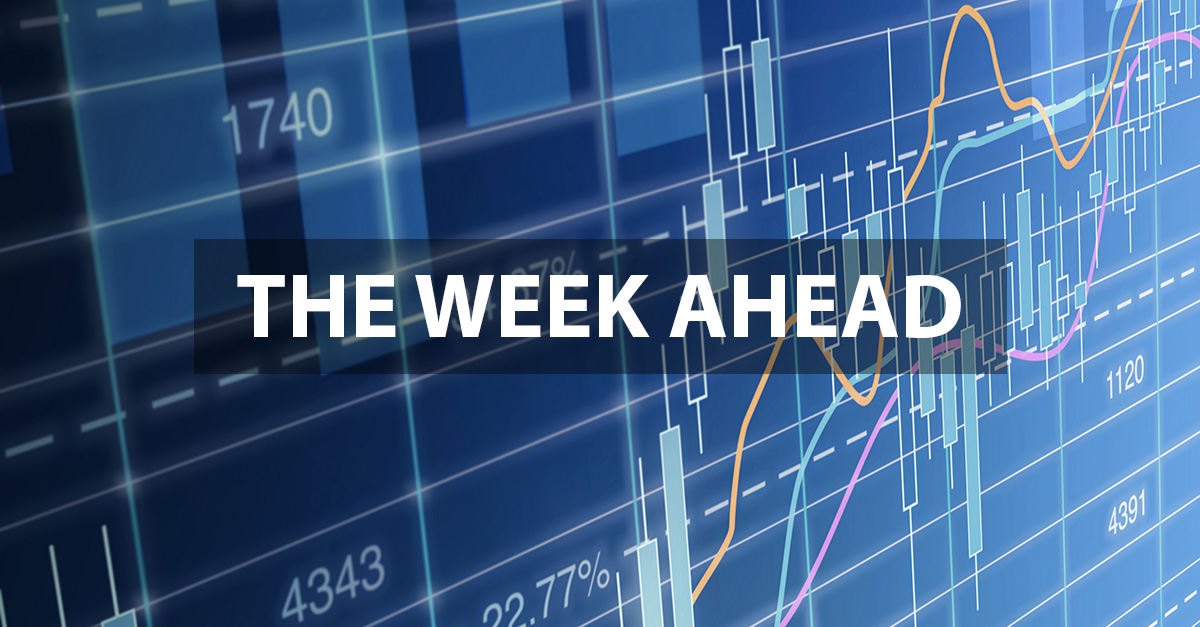Welcome to “The Week Ahead” where we take a moment to provide our thoughts on what we can expect in markets and the economy during the upcoming week.
My father’s 1973 copy of Webster’s New World Dictionary of the American Language defines “Tug of War” as: 1. A contest in which two teams pull at opposite ends of a rope, each trying to drag the other across a central line 2. Any power struggle between two parties. The more modern Wikipedia.org delves deeper into the origins of the sport, noting that the sport was practiced in ancient times going back as far as the 8th to 5th centuries BC. It was even briefly an Olympic sport from 1900 until 1920. The investing world has always had many forces constantly in a state of tug of war – and during this COVID-19 pandemic, a few new contestants have entered the ring:
- Bulls vs. bears
- Invested vs. holding cash
- Stocks vs. bonds
- Domestic equities vs. international equities
- Large cap vs. small cap
- Growth vs. value
- Rational vs. irrational
- Optimism vs. pessimism
- Work from home equities vs. back to the office equities
- Closing vs. reopening
Unlike the sport, winners for the above are never fully declared until much time has passed. More importantly, they’re not binary outcomes. Both stocks and bonds can do well and many investors are rewarded by owning both through the concept of modern portfolio theory. The same rule applies for the argument between owning domestic equities vs. international equities, large cap vs. small cap, and growth vs. value. The other remaining forces are also not binary like a light switch but more of a gradual shift over time. The shifts will not be smooth, the data will be erratic, there will be hiccups, and there will be times where it seems like we’re taking two steps back before moving forward again.
Last week equity investors saw their most volatile week since March of this year, as the S&P 500 sold off almost 5% primarily due to fears of a second wave of COVID-19 infections interrupting the reopening process. Thursday alone accounted for an almost 6% dip which wiped away all of the gains that we saw for the month of June. As my colleague Cal Jones noted in his piece a couple of weeks ago, “Are we missing something,” markets had seemed to price in quite a bit of optimism which was reflected by the 18% combined gain we saw in April and May. More recently we’ve seen retail day traders enter markets and have begun leaving their mark, bidding up deep value sectors and companies where transparency is at its most opaque. American Airlines stock over the last 7-days has traded +16%, -15%, -8%, -9%, +9%, +11%, and +41%! Hertz, which has already filed for bankruptcy, in that same period has traded +37%, -18%, -39%, -24%, +115%, +71%, and +84%! To add to the head scratching, a judge ruled that Hertz would be allowed to issue $1 billion in new stock. Irrational exuberance at its finest?
The week ahead will be highlighted by Fed Chair Powell testifying to Congress at his semiannual monetary policy report. This will be a mulligan opportunity for Fed Chair Powell to provide some insight on the Fed’s medium-term plans on monetary policy after stating that the Fed would keep rates anchored at zero through 2022.
Data deck for June 13–June 19
|
Date |
Indicator |
Period |
|
June 15 |
Empire Manufacturing |
June |
|
June 16 |
Advance Retail Sales |
May |
|
June 16 |
Industrial Production |
May |
|
June 16 |
Fed Chair testifies before the Senate |
---- |
|
June 16 |
NAHB Housing Market index |
June |
|
June 16 |
Business Inventories |
April |
|
June 17 |
MBA Mortgage Applications |
---- |
|
June 17 |
Housing Starts |
May |
|
June 18 |
Initial Jobless Claims |
---- |
|
June 18 |
Philadelphia Fed Manufacturing |
June |
|
June 18 |
Leading Indicators |
May |
|
June 19 |
Current Account Balance |
1Q20 |



